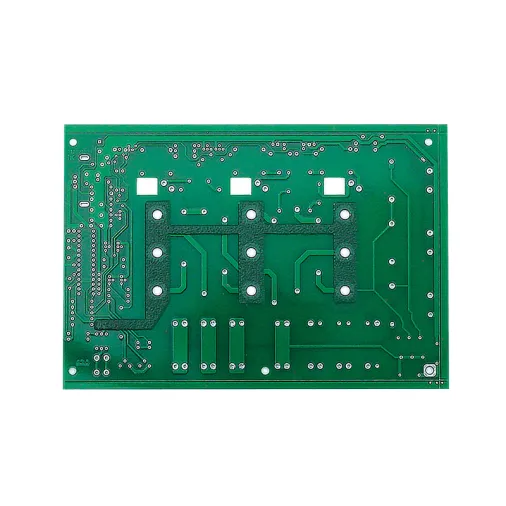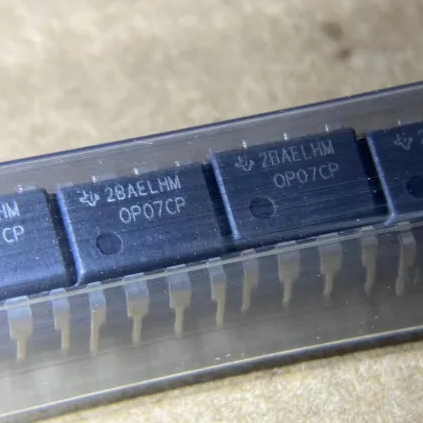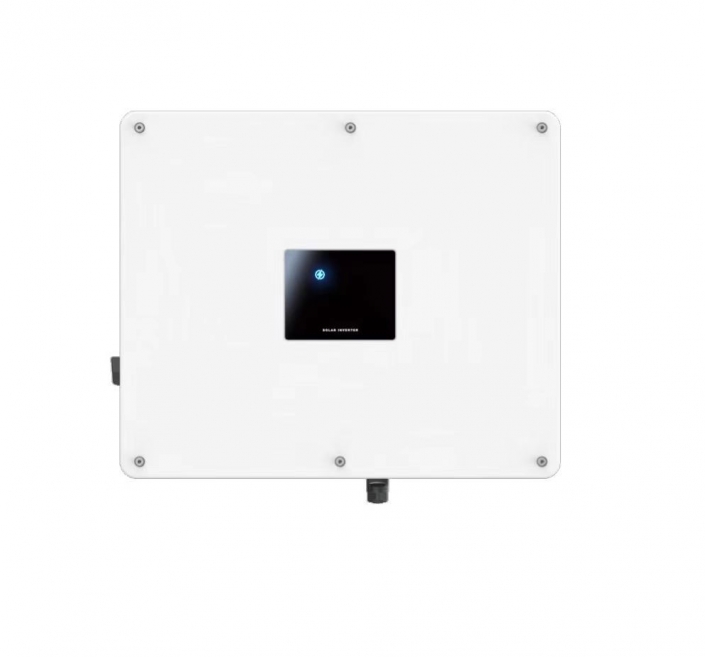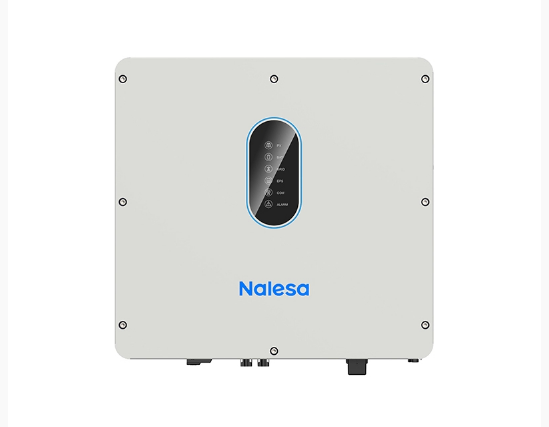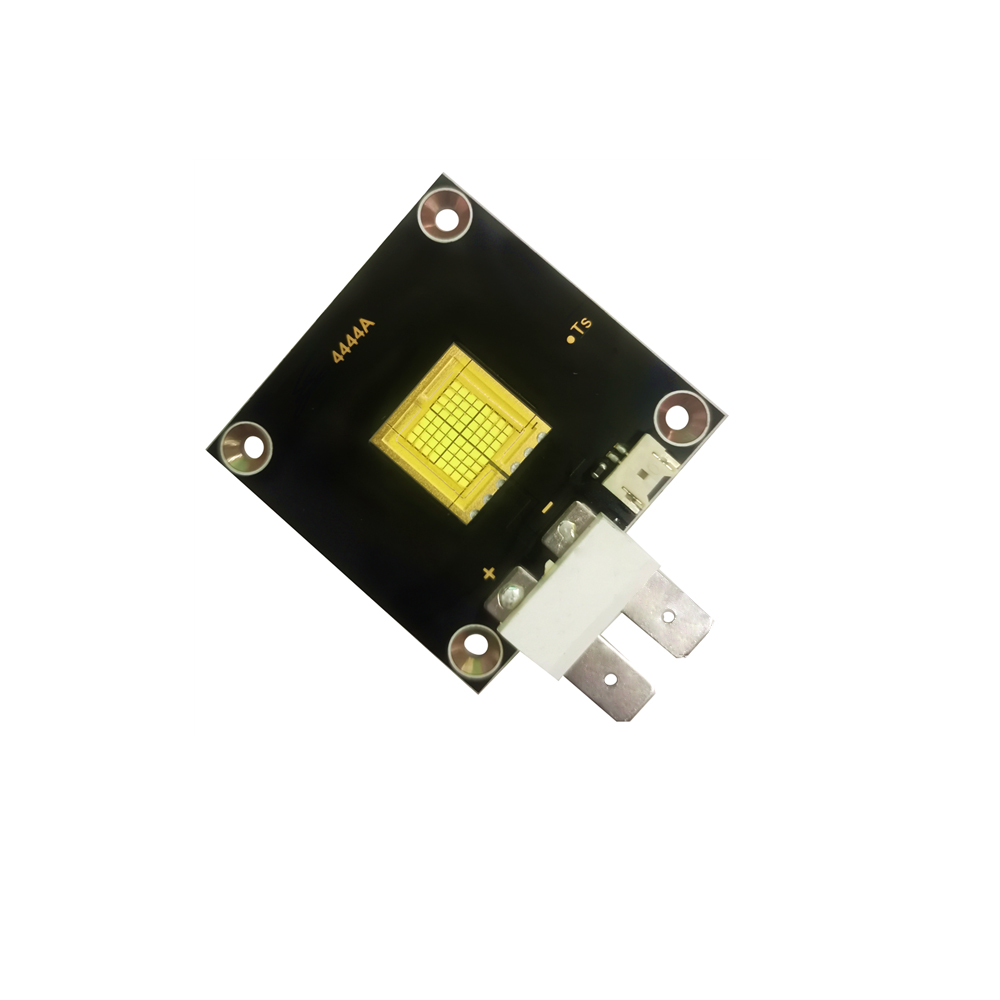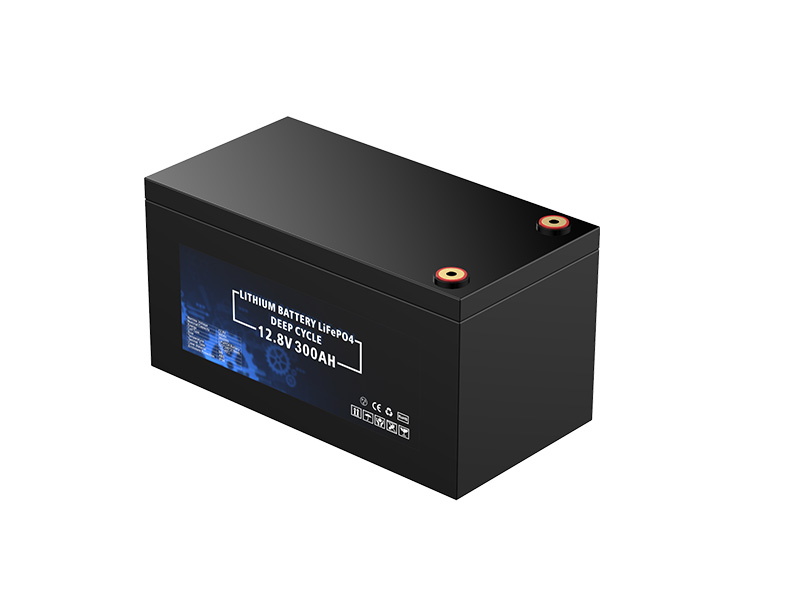How to Choose Right Printed Circuit Board (PCB)?
When selecting a Printed Circuit Board (PCB) for your electronic project, it's crucial to make informed decisions. The right PCB can significantly impact the performance and reliability of your electronic device. In this guide, we'll take you through a step-by-step process to help you choose the right PCB.
Step 1: Define Your Requirements
Identify Project Specifications
Begin by clearly defining your project's specifications. Consider factors such as size, complexity, and the intended application of your electronic device. Understanding your project's requirements will guide you in selecting a PCB that meets your needs.
Step 2: Choose the Right PCB Type
Single-Sided vs. Double-Sided vs. Multilayer PCBs
Determine the appropriate PCB type for your application. Single-sided PCBs are cost-effective for simple designs, while double-sided PCBs provide more flexibility. For complex projects with high-density components, multilayer PCBs offer enhanced functionality.
Step 3: Select Suitable Materials
PCB Material Considerations
Choose materials that align with your project's requirements. Factors such as dielectric constant, thermal conductivity, and moisture absorption can impact the PCB's performance. Common materials include FR-4, FR-1, and metal core PCBs.
Step 4: Evaluate Copper Thickness
Importance of Copper Thickness
Copper is a critical component of PCBs, and its thickness affects conductivity and durability. Evaluate your project's power requirements and consider factors like signal integrity when choosing the appropriate copper thickness for your PCB.
Related links:Electrical Equipment & Supplies
What is the electric fence for protection?
How do you install a suspension clamp?
What are Types of MV Switchgear?
Are Drone Motors AC or DC? Unveiling the Power Behind UAV Propulsion
What is superflex welding cable
How do digital advertising screens work?
Step 5: Examine Manufacturing Tolerances
Precision and Tolerances
Carefully assess the manufacturing tolerances offered by PCB manufacturers. Tight tolerances ensure precision in the production process, which is crucial for maintaining the integrity of your circuit design.
Step 6: Verify Compliance and Certifications
Quality Standards and Certifications
Ensure that the chosen PCB manufacturer complies with industry standards and holds relevant certifications. This step is crucial for meeting regulatory requirements and ensuring the reliability of your electronic device.
Conclusion
By following these step-by-step guidelines, you can confidently choose the right Printed Circuit Board for your electronic project. Remember to align the PCB specifications with your project requirements, select the appropriate type and materials, and consider factors like copper thickness and manufacturing tolerances for optimal results. Making informed decisions at each step will contribute to the overall success and performance of your electronic device.
Related suggestion:
PCB Surface Finishes, HASL, Lead-free HASL, Lead Tin solders, Lead-free hot air solder leveling
Related links:Unlocking the Potential of the Rockchip SOM: A Comprehensive Guide
Unraveling the Benefits of Three Phase Hybrid Inverter
The Quest for the Best Wireless Car Charger
What type of connector is the ebike battery connection?
What is the purpose of a micro switch?
RF970 positioning type intrusion detection system provides a security guarantee for a prison in Hunan
Eco-Friendly Material Handling: Advantages of Lithium Forklift Batteries




